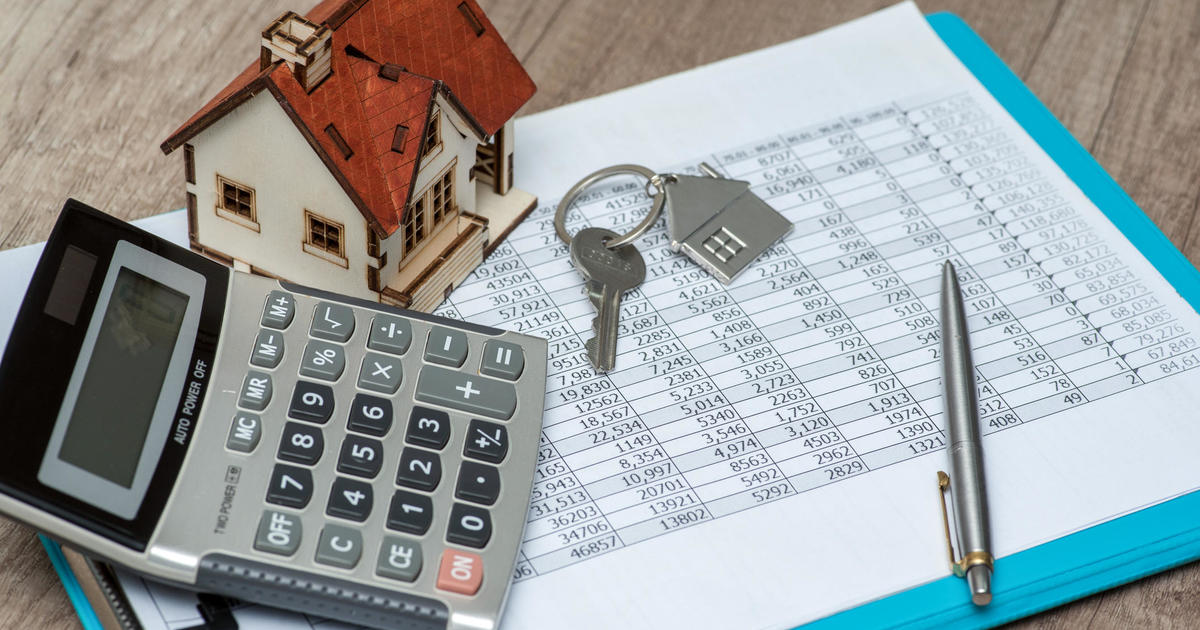20% of people earning $250,000 per year live paycheck-to-paycheck
Low-wage workers aren't the only group of Americans regularly spending most or all of their paychecks.
A greater share of Americans who earn more than $250,000 annually are spending all of what they bring in, compared with workers earning less than $100,000, according to a new analysis from the Bank of America Institute.
To be sure, people who are truly living "paycheck-to-paycheck" tend to be lower down the income ladder, the company said. But the findings also show that a significant share of workers at all income levels regularly spend all of their income — or more.
"In any given income group there is a slug of people that look like they're financially quite stretched in terms of their outgoings relative to their incomings," David Tinsley, senior economist for the Bank of America Institute, told CBS MoneyWatch.
Defining "paycheck-to-paycheck"
Bank of America economists tapped anonymized client data to look at customers' deposit accounts in the first quarter of 2022, zeroing in on inflows of cash, like income and other deposits, as well as outflows, such as credit card payments.
As people's income rises, their spending often exceeds earnings and other deposits, the Institute found. Indeed, roughly 20% of BofA clients with annual incomes of more than $250,000 spent 15% above what they deposit into their accounts, according to the report. By comparison, 17% of customers who earn between $50,000 and $100,000 tend to spend more every month than they have coming in.
"Those on lower incomes are likely to be most challenged by rising inflation and economic uncertainty," the report stated. "But as we dig into the data we find there are small but significant groups living 'paycheck to paycheck' even at higher income levels, and indeed across the age distribution."
The bank notes that living paycheck-to-paycheck doesn't necessarily mean that someone is barely able to afford necessities like food and gasoline. Defined more narrowly, it can also mean that a person is simply spending the lion's share of their income on ordinary expenses.
Meanwhile, the analysis only looks at account activity over a single quarter, and it also doesn't take into account workers who count on large bonuses that arrive at the end of the year. Upper-income clients could also be paying for a mortgage on a house or depositing a portion of their incomes into brokerage or investment accounts, Tinsley noted.
"You have people sending money to brokerage accounts or people paying their mortgages, so you could be on $250,000 and have borrowed a lot of money in order to afford property, and that would definitely push your outgoings very close to your incomings," Tinsley said.



